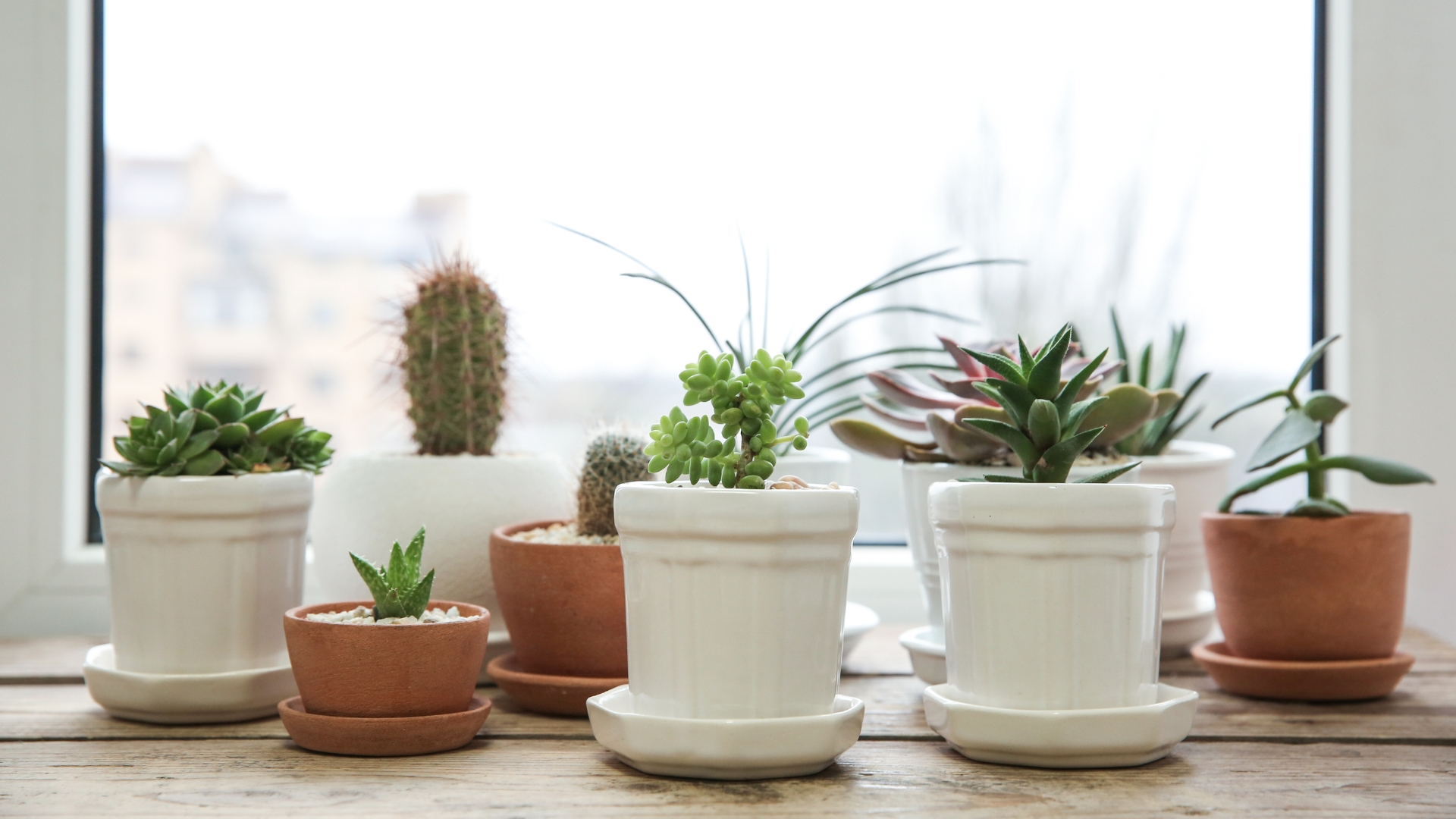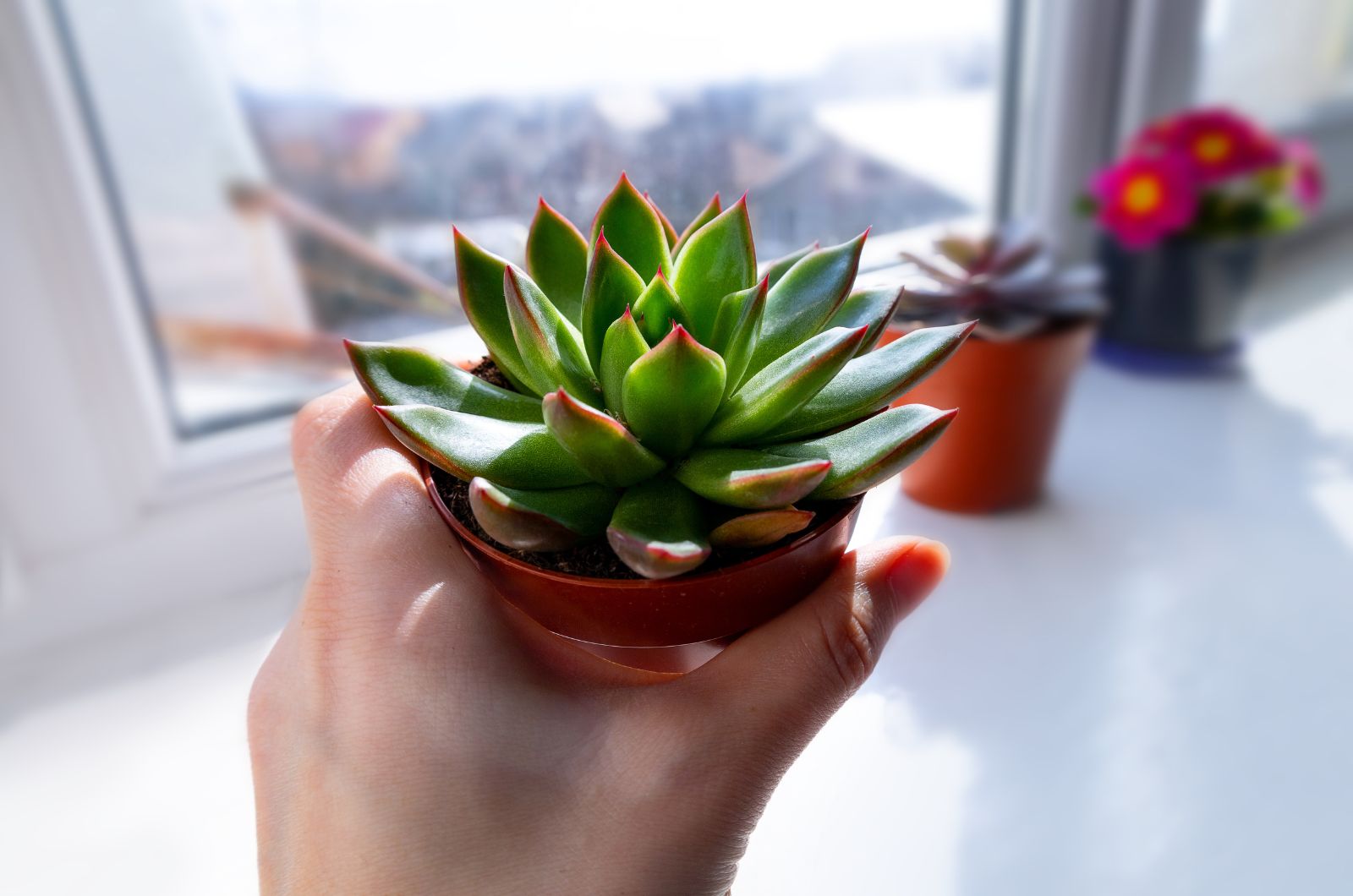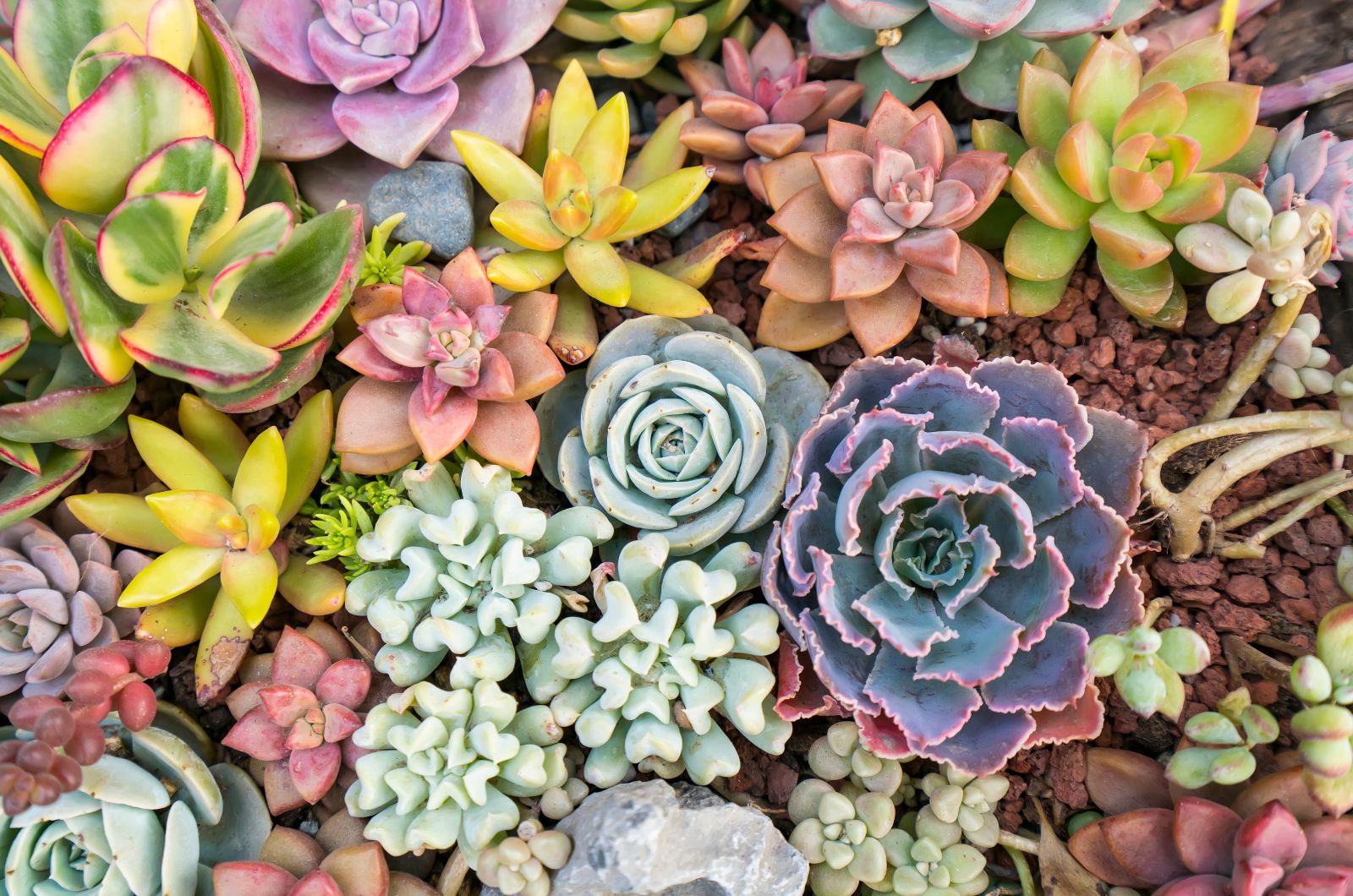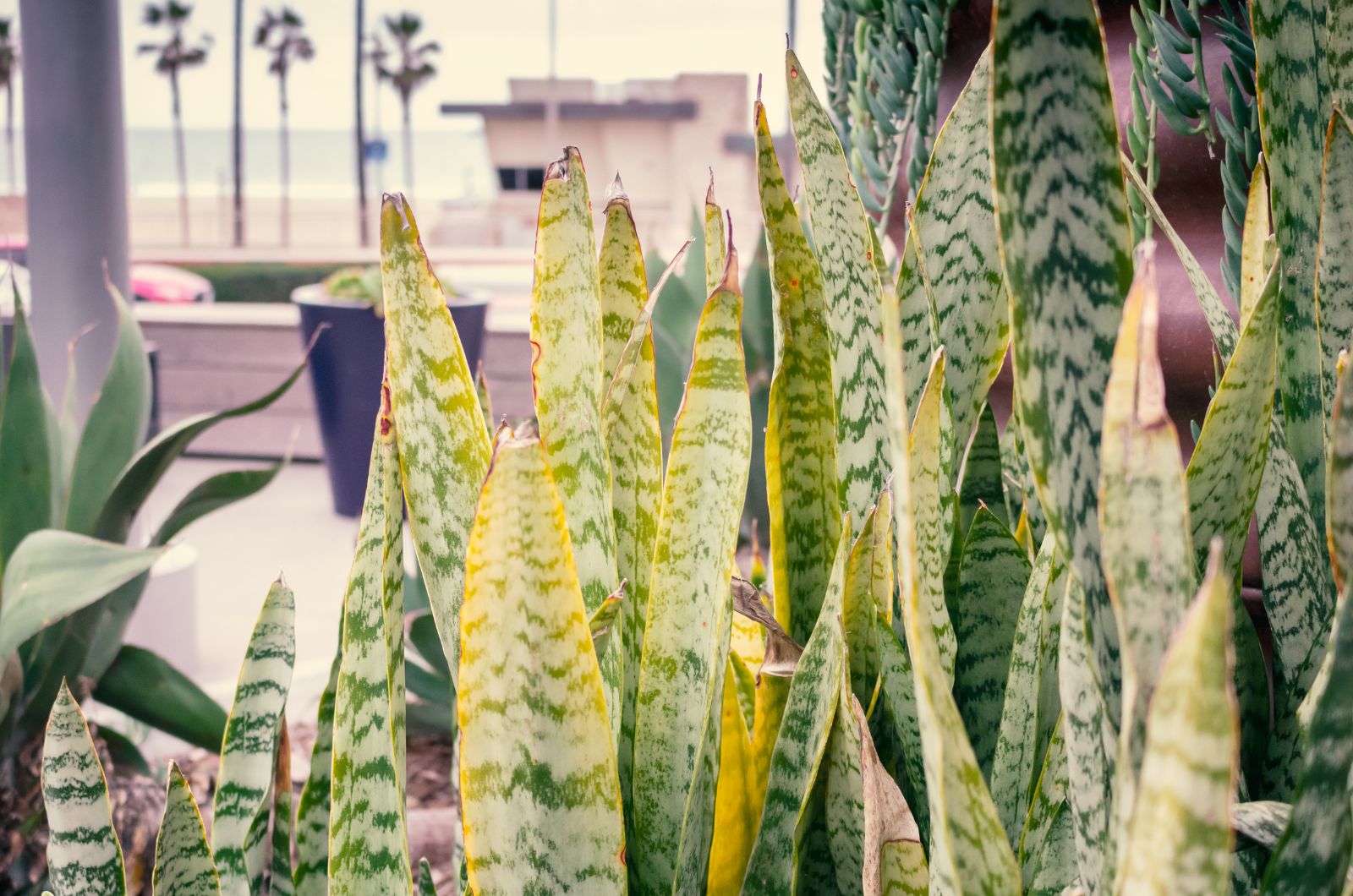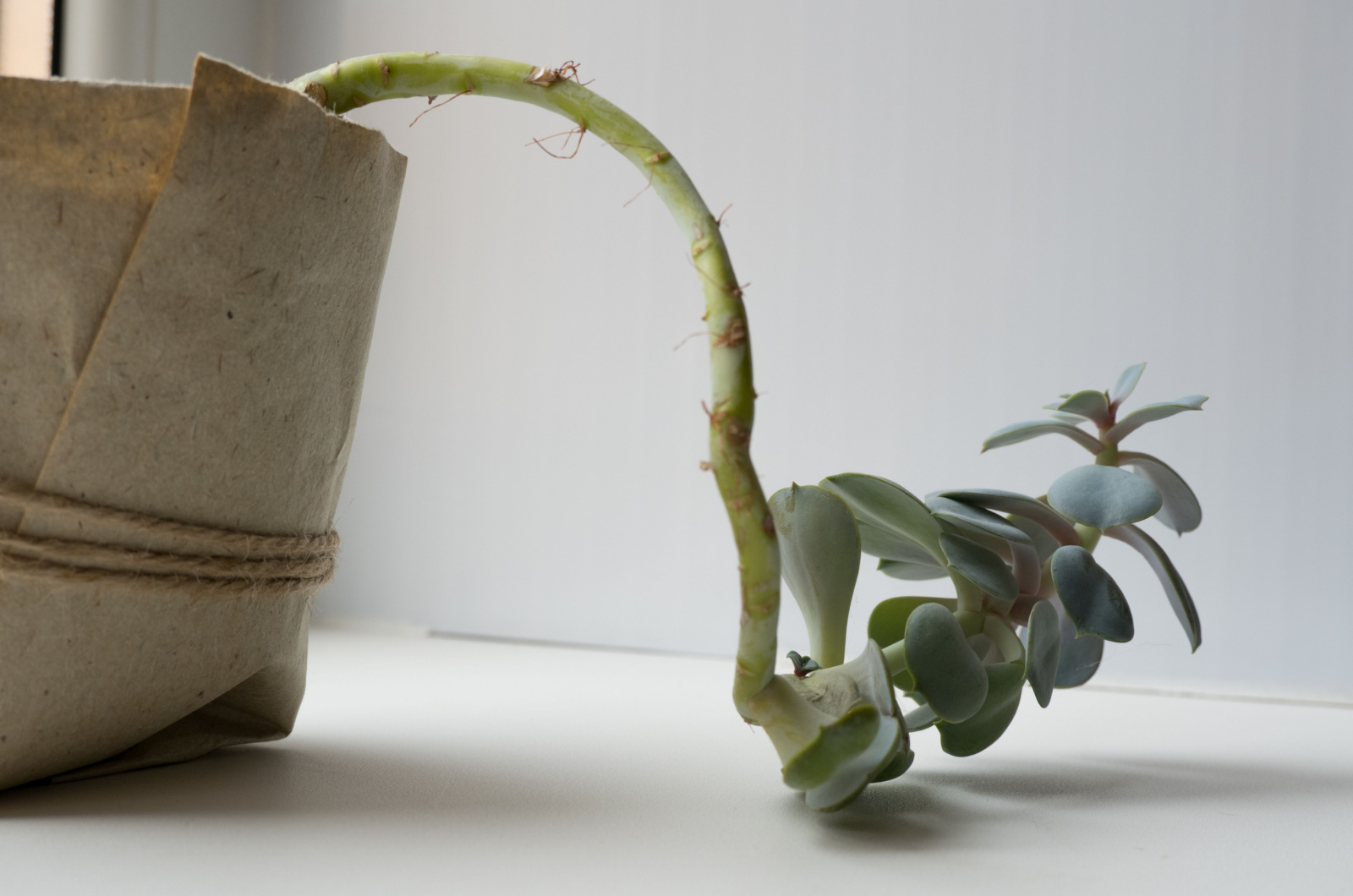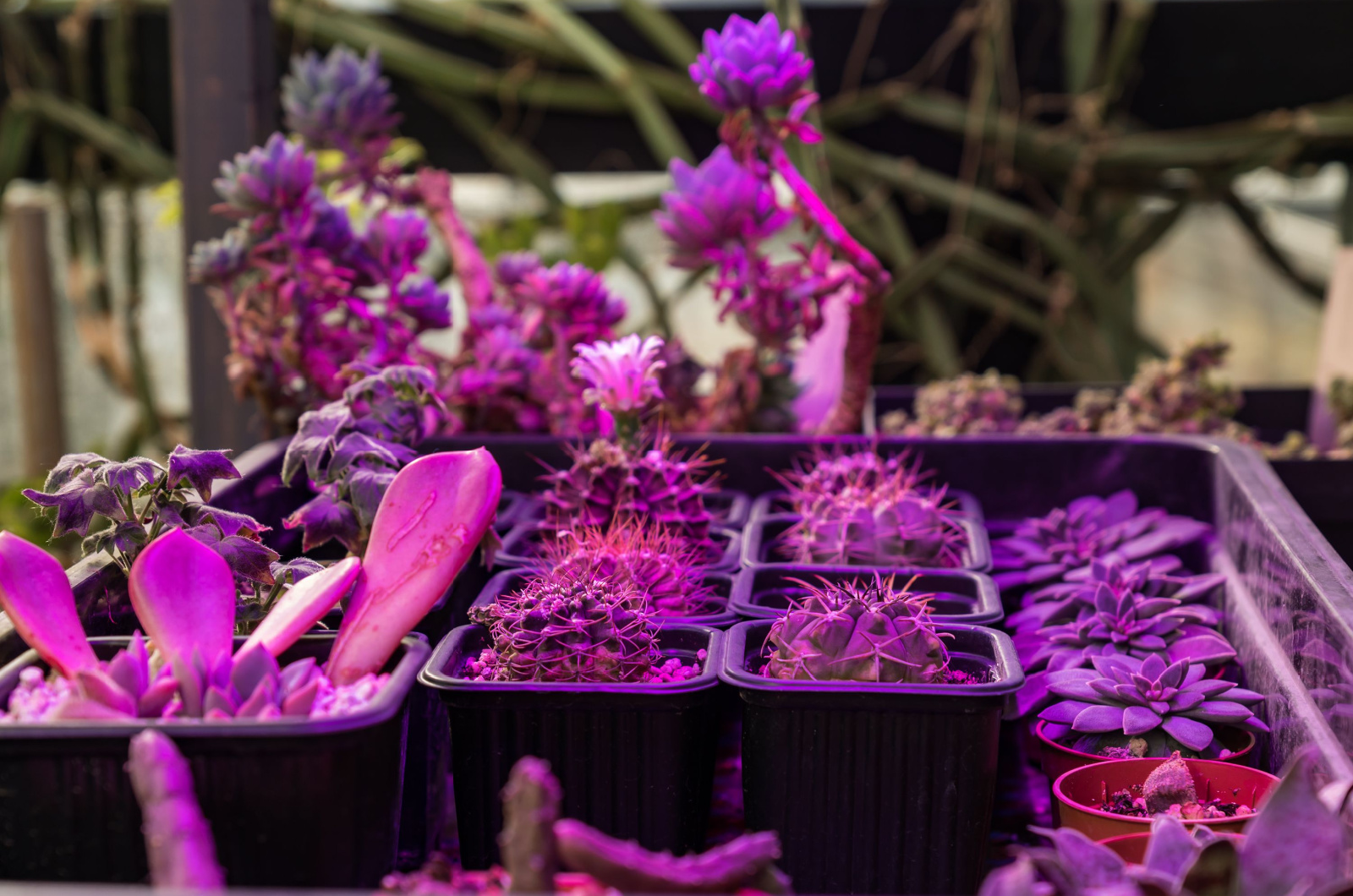I rarely enter a home that doesn’t have at least one succulent species. Even people who aren’t interested in plants often have some in their households. And the reason is simple, these plants aren’t needy and don’t require a lot of water, so keeping them happy and healthy isn’t a hard task.
But selecting an ideal spot for these beauties may be slightly trickier than one might think. So, how much sunlight should your succulents have and how can you know if they’re getting too much or not enough?
In this article, I’ll answer all those questions and give you tips on how to ensure enough sun for your prized succulents.
Let’s get started!
The Ideal Light Level For Succulents
There are a wide variety of succulents, and while there may be slight differences in their sun requirements, a rule of thumb is to ensure approximately 6-8 hours of light daily.
A lot of varieties perform best if exposed to direct or mostly direct sunlight. If you keep your succulents in darker conditions, exposing them to full sun may have fatal consequences. You need to introduce them to more light gradually to avoid sunburns.
Inadequate lighting is a common succulent growing mistake but not every succulent that doesn’t receive enough light dies. However, it’s unquestionably hindering your succulent’s ability to thrive to its fullest.
Tips For Choosing Succulents For Your Home
Understanding sun exposure is a hard task for many plant parents. But it’s better to explore this matter before purchasing a new plant.
For instance, having a sunny spot in your home opens up the possibility to choose any type of succulent you desire.
However, if your light conditions are lower, you’ll need to narrow down your selection and opt for varieties that tolerate lower light.
Snake plants are an excellent choice for growers who need plants for darker spots. These succulents look absolutely stunning, they aren’t fussy over their growing conditions, and are nearly impossible to kill.
Bear in mind that your snake plants will thrive best if exposed to bright light, but they won’t look unhealthy in lower light conditions. The biggest difference you’ll notice is the snake plant growth rate, which significantly decreases.
Another succulent that will grow in darker conditions is Ox tongue, otherwise known as Gasteria. This South African native isn’t commonly seen in plant collections, so it will give a unique touch to your indoor space.
Ox tongue, a plant similar to aloe, flourishes equally well in both full sun and partial shade.
Rhipsalis, commonly referred to as the Mistletoe cactus, is another species that tolerates lower light levels. Its branching growth habit definitely makes the plant stand out.
Similarly to snake plants, Rhipsalis enjoys bright indirect light, but it won’t display any unhealthy changes in lower light.
Signs Your Succulents Are Receiving Too Much Light
I mentioned that the majority of succulents prefer direct or mostly direct sun. Despite this, there are certain varieties that can be more easily affected by sunburn.
It may be hard to determine if your succulent receives too much light, but there are a few signs it may display.
If you notice any dark spots on your succulent leaves, the plant may be exposed to too much sun. Varieties that aren’t used to a lot of light may quickly get sunburned.
No matter if you grow a succulent that requires more light or you’ve kept it in lower light and it got sunburned, your next step should be to find a new spot for your plant.
You can either move it away from the window or put up sheer curtains to filter the light.
If you grow succulents that are used to lower light conditions, simply move them to a shaded spot and gradually introduce them to more light. This method will help your succulent plants to develop resilience to sunburns.
Signs Of Lack Of Light In Succulents
Lack of light in these species manifests in a few changes in the appearance of your succulents. However, the most common sign of insufficient light in succulents is stretching.
If your plant is stretching it means that it’s trying to get more light. This is commonly referred to as etiolation in succulents, and its main cause is insufficient light.
The leaves of your succulent will be smaller and this condition is more frequent in rosette-shaped varieties, such as echeverias.
It’s harder to recognize this condition in taller succulents, such as Bear Paw. Smaller foliage and leaning to one side are the typical signs of etiolation.
The solution to this problem is actually simple and all you need to do is expose your succulent to more light. However, don’t put it in direct sun suddenly, but rather increase the amount of time it spends in bright light every day.
Can Succulents Survive With Only Grow Lights?
Artificial lights are definitely one of the most useful tools in the gardening world. We have an opportunity to grow various species even if our home doesn’t receive enough sunlight.
But can your succulents thrive if the only source of light is grow lights? I’m sure you’ll be happy to hear that grow lights can replace natural light for your succulents.
Since these are sun-loving plants, they’ll need to spend more time under the lights than other common houseplants.
I highly recommend selecting energy-efficient grow lights because you don’t want your electricity bill to knock the wind out of your sails.
The good news is that you can purchase artificial lights in many different places, from home improvement stores to online stores.
The essential thing is to select a suitable succulent variety for your home, making sure you learn all about its light requirements. Use our guide and tips for ensuring enough light for your succulents and enjoy watching them flourish!

